Garlic and Onion-heavy Foods
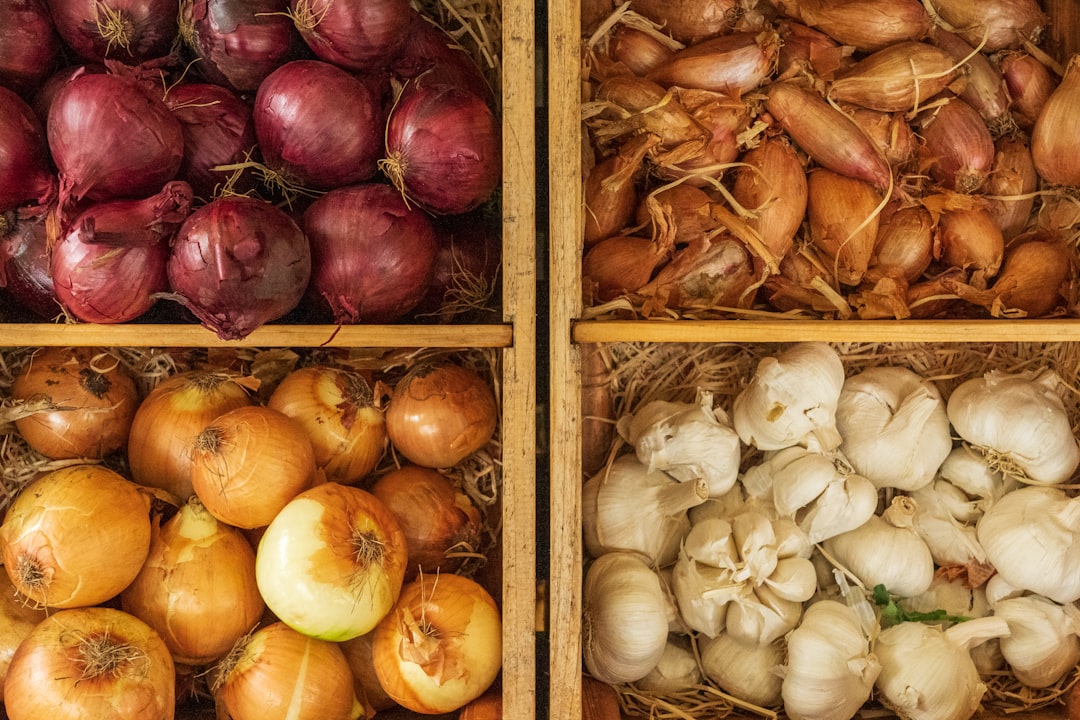
Garlic and onion-heavy foods are infamous for their lingering odors, which become even more unpleasant in the limited space of an airplane cabin. According to a 2024 survey by the International Air Transport Association (IATA), over 65% of passengers reported feeling discomfort due to strong food smells during their flight. The recycled air and low humidity inside planes act like a magnifying glass for these smells, turning a simple garlic bread or onion-laden dish into a sensory assault for those nearby. Eating such foods can also lead to bad breath, which is difficult to mask with limited access to fresh air and personal space. Despite these drawbacks, dishes like garlic bread, onion rings, and spicy curries with heavy onion content continue to be popular choices among travelers. Airlines have started discouraging the consumption of these foods because of frequent passenger complaints. Experts suggest opting for milder meals to keep the cabin atmosphere pleasant for everyone. Making a considerate food choice can go a long way in making the journey more comfortable for all.
Spicy Foods
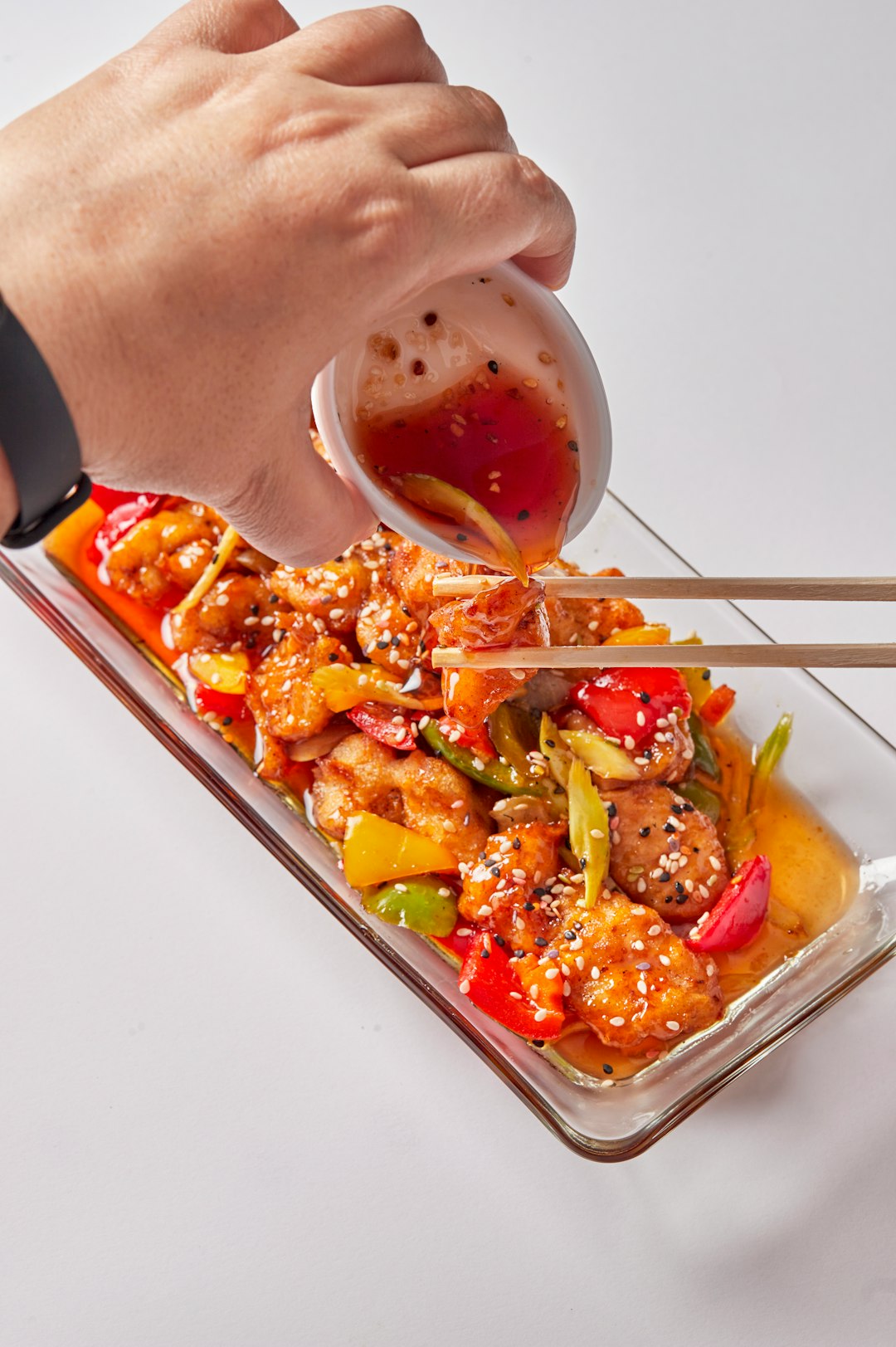
Spicy foods, such as hot wings, chili, and dishes loaded with fiery peppers, might be delicious, but they can spell trouble in the sky. The dry air inside airplane cabins can amplify the burning sensation caused by spicy ingredients, leaving passengers feeling parched and uncomfortable. A 2023 study published in the Journal of Travel Medicine found that passengers who ate spicy meals during flights experienced more throat irritation and digestive issues than those who chose milder options. The effects don’t stop there—spicy foods can also trigger sweating, runny noses, and even upset stomachs, which are far from ideal when you’re packed tightly into a narrow seat. Even so, many people reach for spicy snacks and meals, craving bold flavors to break up the monotony of travel. Airlines often stick to blander meal options to help passengers avoid these unpleasant side effects. Nutritionists recommend saving your favorite spicy foods for when you’re back on solid ground and choosing something easier on the system while in the air.
Carbonated Drinks

Sodas and fizzy drinks might seem like a refreshing treat when you’re flying, but they can quickly lead to discomfort. The decreased cabin pressure at cruising altitude causes the gases in your stomach to expand, making bloating and stomach pain much more likely. The American Gastroenterological Association’s 2025 report revealed that passengers consuming carbonated drinks were 40% more likely to experience bloating and discomfort than those who didn’t. Despite this, many people still choose sodas for their taste and the temporary pick-me-up they provide. However, health experts recommend drinking still water or herbal teas instead to keep hydrated and avoid the gassy side effects. Some airlines have even started limiting carbonated beverage options on longer flights to help reduce the number of uncomfortable passengers. Making the switch to non-carbonated drinks can help ensure a smoother, more comfortable flight.
Dairy Products

Dairy products like cheese, milk, and creamy desserts are a staple for many passengers, but they can be risky choices in flight. Many adults are unknowingly lactose intolerant, and symptoms like gas and bloating can be heightened by the changes in digestion that happen at higher altitudes. A 2024 study in the Journal of Nutrition and Flight Health highlighted that lactose intolerance symptoms are more pronounced during flights, leading to more discomfort for those affected. Dairy foods also spoil faster if not handled correctly, which increases the risk of foodborne illness on board. Despite this, cheese plates and creamy desserts remain popular among travelers looking for indulgent snacks. To avoid trouble, those sensitive to lactose should steer clear of these items or opt for lactose-free alternatives, which many airlines are now starting to offer. Being mindful of your dairy intake can save you from stomach cramps and awkward moments at 30,000 feet.
Fried and Greasy Foods
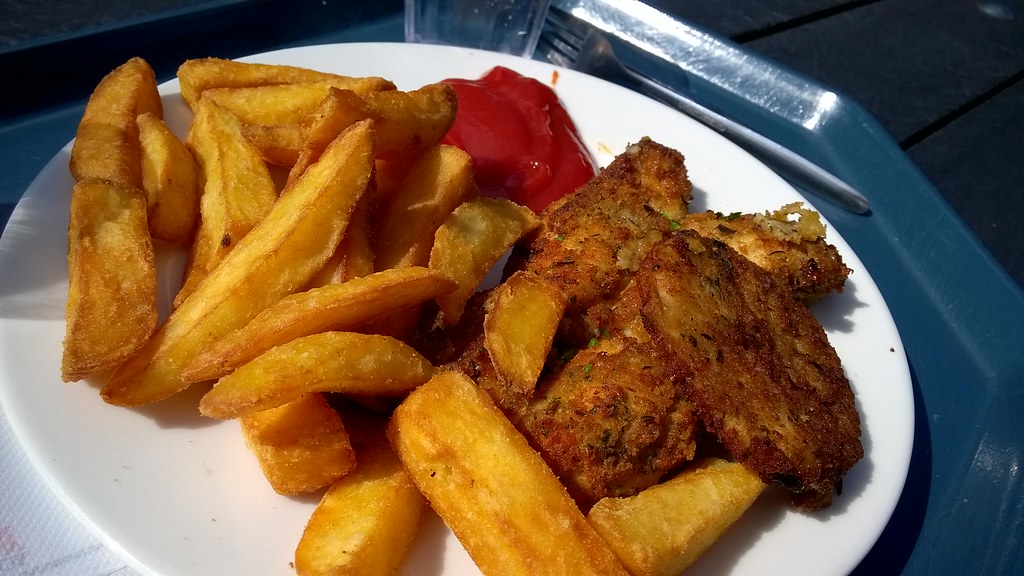
Fried foods like crispy chicken, french fries, and other greasy snacks may be irresistible, but they are a recipe for trouble in the sky. These foods are heavy and take longer to digest, making discomfort more likely in the low-pressure environment of an airplane. A 2023 consumer health survey found that around 30% of passengers who ate fried foods on flights reported feeling queasy or bloated afterward. The combination of greasy food and the stress flying places on your digestive system can slow things down even more, leading to nausea and indigestion. Despite these effects, fried foods remain popular because they’re quick and flavorful. Nutritionists recommend choosing lighter, baked, or steamed options to ease digestion and avoid feeling sluggish. Airlines have also started to replace some fried items with healthier choices to help passengers feel better. Picking lighter meals can make your flight more comfortable from start to finish.
Strong-smelling Fish and Seafood
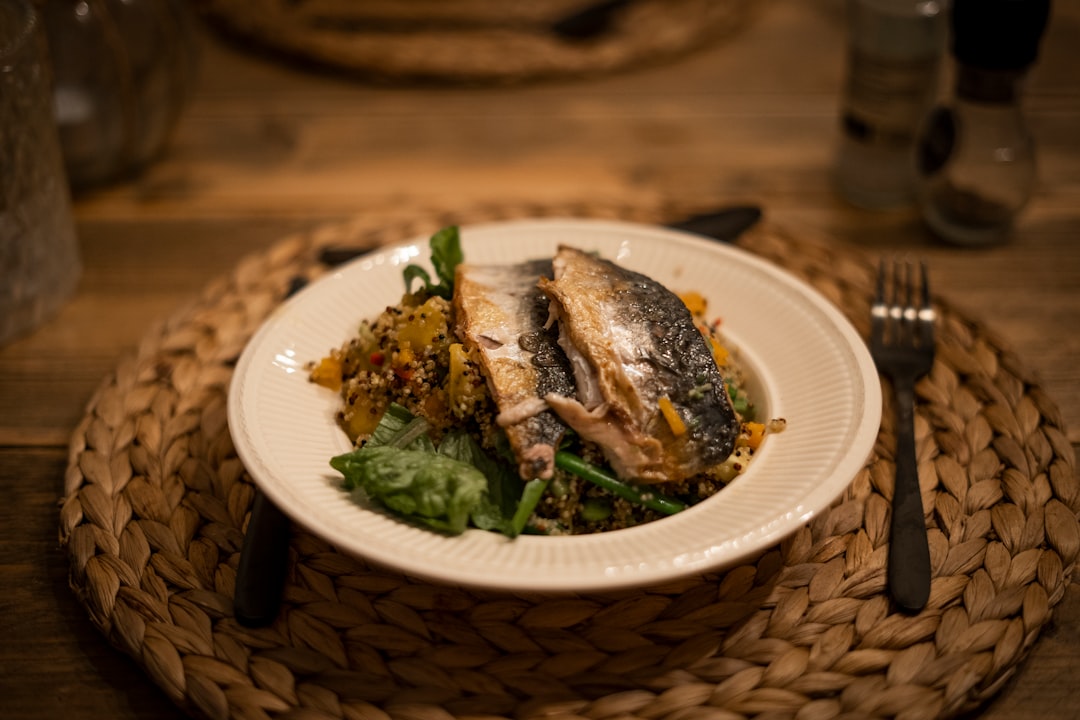
Fish and seafood, especially types like tuna or mackerel, can have incredibly strong smells that seem to spread through an airplane cabin like wildfire. In a 2024 passenger feedback report from a major airline, fishy odors ranked among the top complaints about in-flight meals. These smells are intensified by the confined space and recycled air, making them hard to ignore. Besides the odor, seafood can sometimes trigger allergies or digestive upset for sensitive travelers. Still, some passengers choose seafood for its nutritional value, often unaware of the impact on those around them. Airlines often restrict strong-smelling foods to keep complaints to a minimum and make the experience better for everyone. If you can’t resist seafood, milder options may be a better choice. Being considerate with your food selection helps keep the peace in the air.
Beans and Legumes
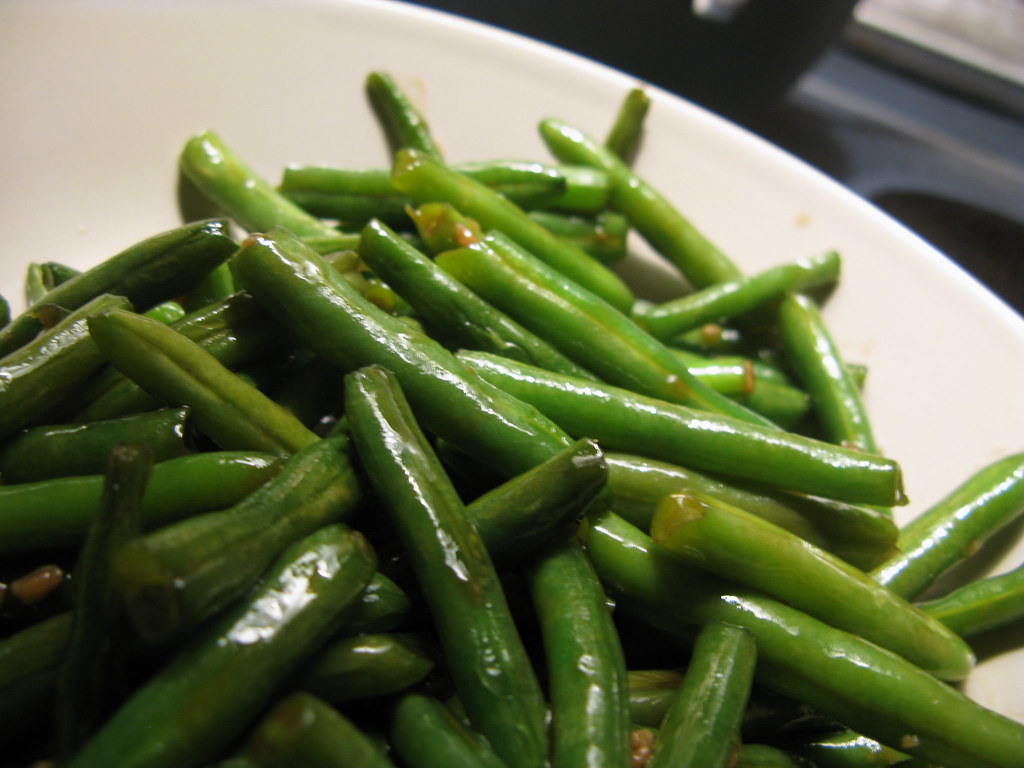
Beans, lentils, and other legumes are known for their nutritional benefits, but they’re also famous for causing gas and bloating. The low pressure and dry air inside airplanes can make these effects even worse, leading to discomfort and sometimes embarrassment. A 2023 digestive health study found that eating legumes before a flight increased reports of flatulence by 50%. Despite this, many passengers continue to choose bean-based dishes for their protein and fiber. Nutritionists suggest limiting the portion size or skipping legumes when you’re flying to avoid uncomfortable situations. Airlines rarely serve heavy bean dishes for this reason, preferring foods that are easier to digest. Opting for more easily digestible meals can help passengers avoid digestive trouble during their trip.
Raw Vegetables and Salads
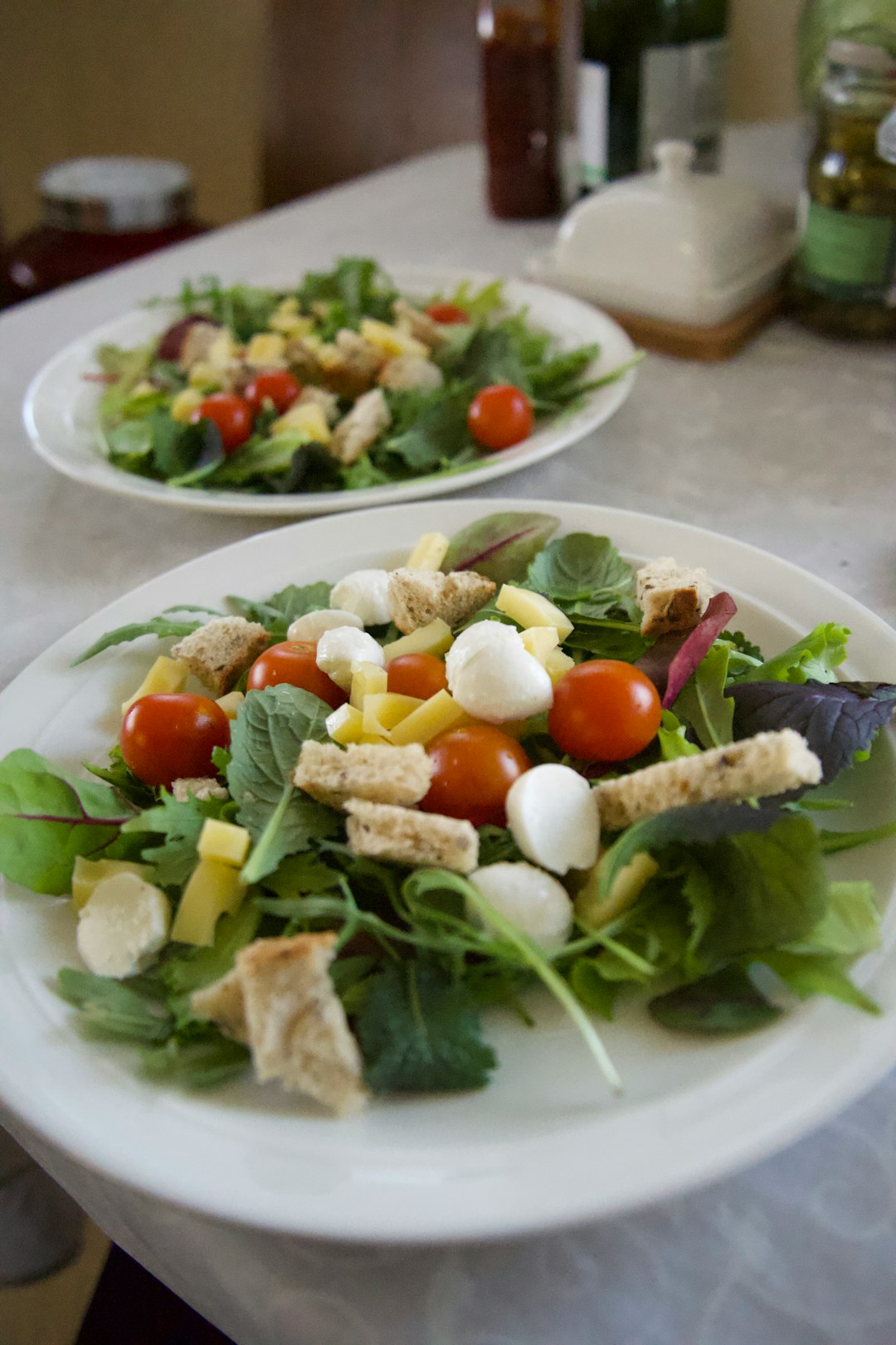
Raw vegetables and salads might sound like a healthy inflight meal, but they come with a few hidden risks. Improper washing or storage can raise the risk of foodborne illness, and a 2024 CDC report linked several cases of travel-related gastrointestinal illness to poorly handled raw produce. Additionally, raw veggies can be tough for some people to digest, especially in the pressurized cabin environment, leading to gas or bloating. Even so, salads remain popular for their freshness and light feel. To stay safe, passengers should only eat salads from reputable sources and avoid heavy dressings that might spoil quickly. Airlines are working to improve food safety standards and reduce the risks associated with fresh produce. Caution with raw vegetables can help keep you healthy and comfortable during your journey.
Sugary Snacks and Desserts

Sugary snacks like candy bars, cakes, and pastries may help pass the time, but they can cause problems during flights. The dry, recycled air on planes can worsen the dehydrating effects of sugar, leading to fatigue and even headaches. A 2023 nutritional study found a clear link between high sugar consumption during flights and increased reports of tiredness and irritability. Still, many passengers indulge in sweets to satisfy cravings or simply out of boredom. Nutritionists recommend moderating sugar intake and drinking plenty of water to stay hydrated and alert. To address these issues, airlines are beginning to offer healthier snack alternatives. Making better snack choices can help you arrive at your destination feeling more refreshed.
Alcoholic Beverages
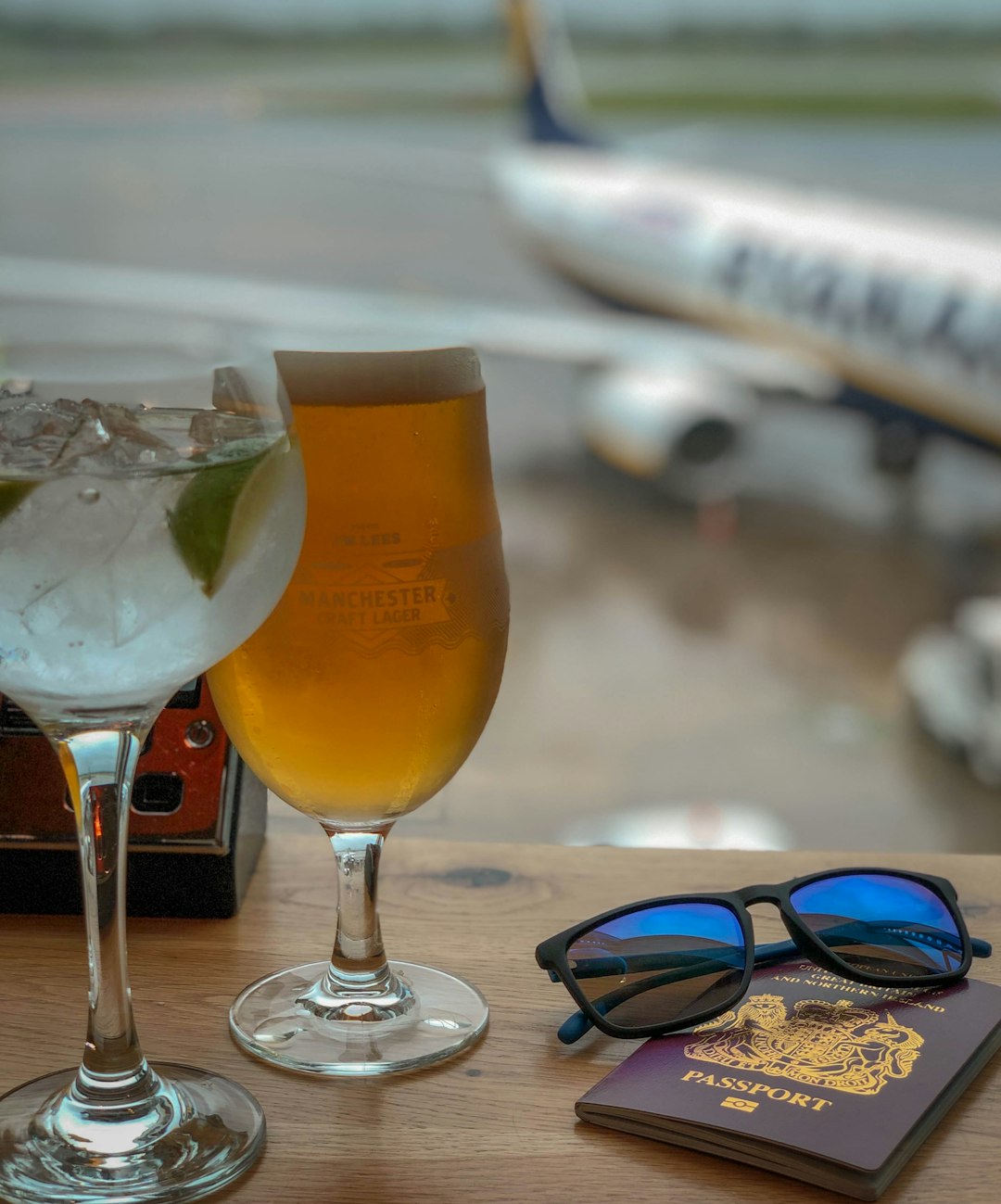
Alcohol is a common choice for passengers who want to relax, but its effects are much stronger in the air. The lower cabin pressure amplifies the impact of alcohol, causing dehydration and impaired judgment more quickly than on the ground. According to a 2025 study by the Aviation Medical Association, alcohol can lead to faster dehydration and significant impairment at altitude, even with moderate consumption. Many travelers underestimate how quickly these effects set in, resulting in increased intoxication and potential health issues. Despite warnings, drinking remains popular on flights, partly due to the desire to unwind. Experts now recommend limiting alcohol and drinking water alongside any alcoholic beverages to stay hydrated. Airlines have responded by enforcing stricter alcohol service policies to protect passenger safety. Being careful with alcohol can help you avoid unnecessary risks and discomfort while flying.





